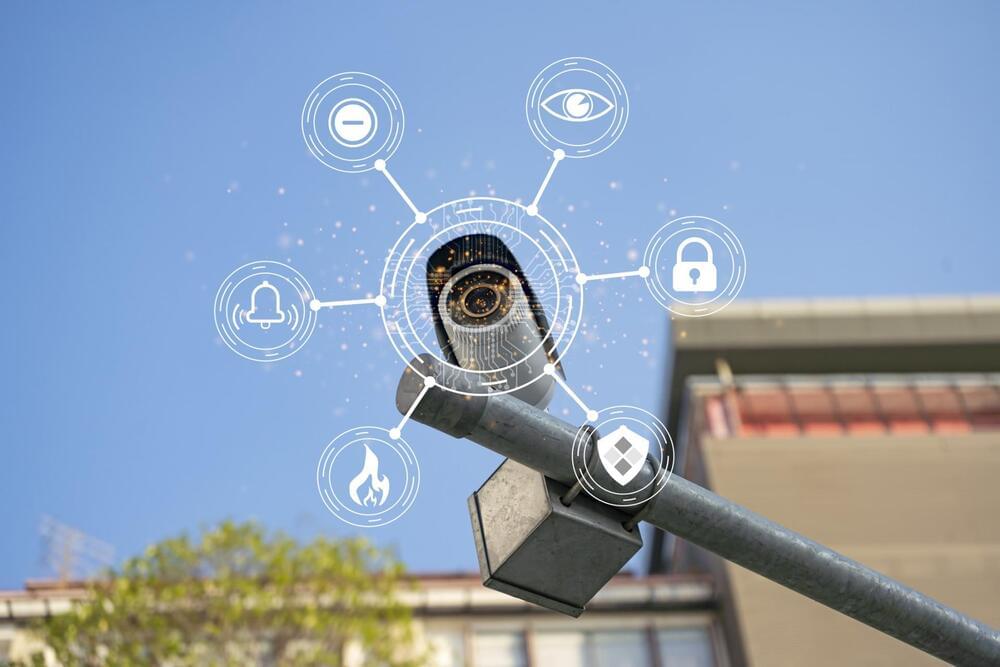Ali Rogin:
With the cost of owning a car out of reach for many today ride sharing gives commuters an alternative. And a handful of U.S. cities, self-driving taxis are getting the green light to pick up passengers. Several companies including Waymo Cruise and Motional are touting driverless taxis as the way of the future.
But the rollout of these robo cabs has hit some speed bumps. Not everyone is comfortable with autonomous cars on the road. And major technical questions remain. Aarian Marshall is a staff writer for WIRED, and she covers transportation. Aarian, thank you so much for joining us.






